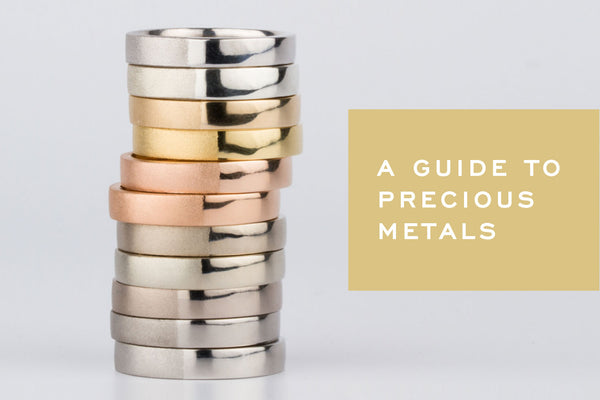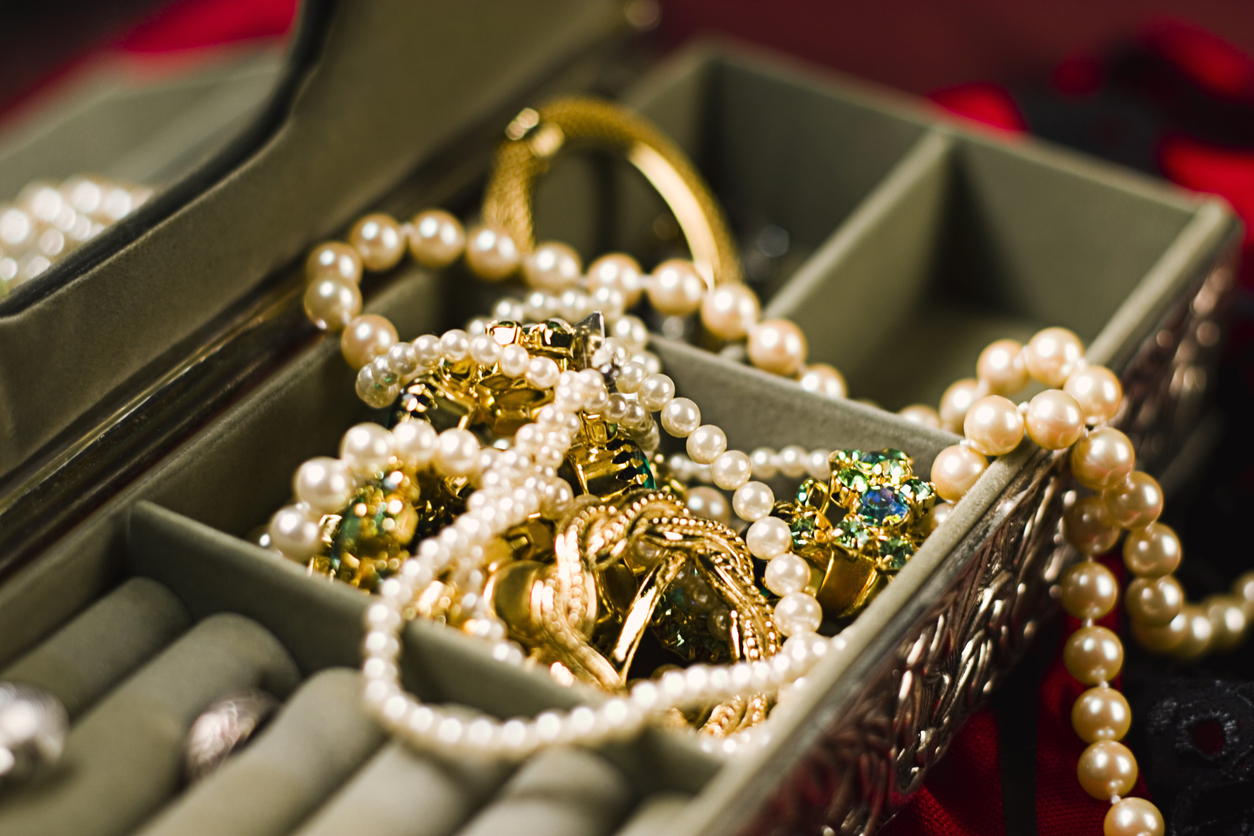Okay, so I wanted to talk about this whole “fine jewelry” thing today. It sounds simple, right? Like, fancy jewelry. But I remember getting really tangled up trying to figure out what it actually meant a while back.

It started when I was looking to buy something, you know, nice. Not just throwaway stuff. Maybe a gift, maybe for myself, can’t quite recall now. But I kept seeing terms thrown around – fine jewelry, fashion jewelry, semi-fine… My head was spinning. What was the real difference? Was it just price? Because some expensive stuff didn’t feel like it would last, and some simpler things were labeled “fine”.
Getting Down to It
So, I decided I needed to properly understand this. Forget the marketing talk, what’s the actual deal? I started poking around online, but honestly, a lot of sites just gave fluffy answers. “Investment pieces,” “timeless,” yeah yeah, but what makes them fine?
I even went into a couple of stores. One person basically just pointed at the expensive counter and said, “That’s the fine stuff.” Not helpful! Another tried to explain but used a bunch of terms I didn’t get. It felt like one of those things everyone just assumes you know.
I got a bit fed up. I figured, okay, let’s ignore the labels for a sec. What are these things actually made of? That seemed like a solid place to start. I started comparing the descriptions.
The Material Difference
This is where it clicked for me. I started seeing patterns.

- Metals: The stuff consistently called “fine” was almost always made of solid gold (like 14 karat, 18 karat, none of that plated junk), platinum, or sometimes sterling silver (though silver can be debated sometimes). Not brass, not copper, not mystery metal dipped in gold color.
- Stones: Then the gems. Fine jewelry usually had diamonds, emeralds, rubies, sapphires – you know, the big famous ones. Or other genuine gemstones, even if they weren’t the “big four”. The key was genuine. Not glass, not plastic, not cubic zirconia (though some places mix CZ with real gold, confusing things further!).
Compared that to the “fashion” or “costume” jewelry I had or saw. That stuff was usually brass, bronze, maybe stainless steel, often plated. The stones were often glass, crystal, or plastic. Looked cool, sure, but you could tell it wasn’t made to last generations. It tarnishes, stones fall out, plating wears off. You know the deal.
So, What’s My Takeaway?
For me, after digging into it, “fine jewelry” boils down to the quality of the materials. It’s jewelry made from precious metals – solid gold or platinum, mainly – and set with genuine precious or semi-precious gemstones. It’s crafted to last, holds some inherent value because of what it’s made of, and isn’t just about chasing a quick trend.
It’s not always about the most enormous diamond or the highest price tag, though often it is more expensive because, well, gold costs more than brass. It’s about the fundamental ingredients being the real deal.
So yeah, that’s how I sort of pieced together my own understanding. It stopped being this vague, fancy term and became something concrete I could actually identify based on what I was looking at. Took a bit of digging, but now I feel like I get it when I see that label. It’s about the substance, not just the sparkle.

